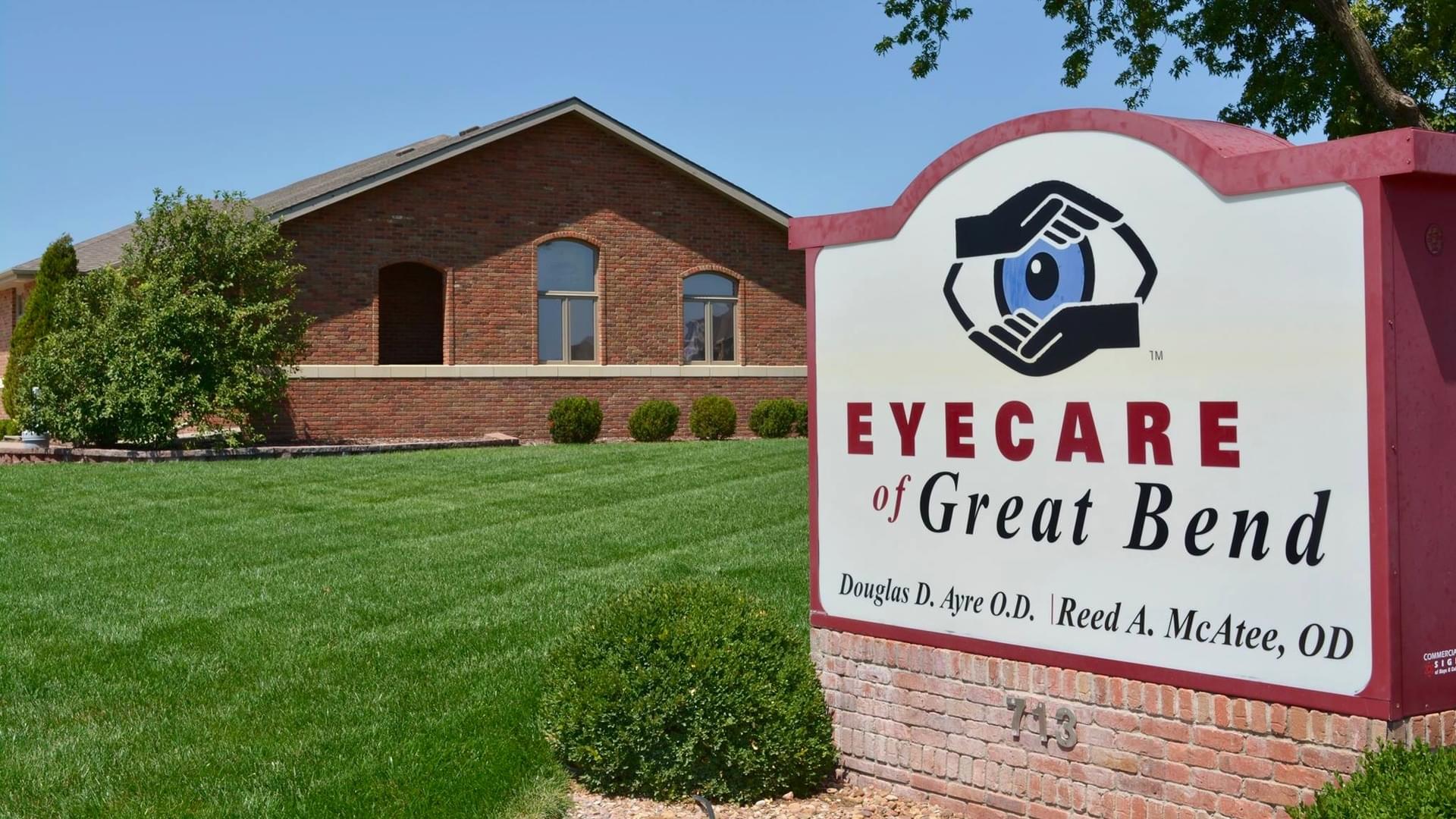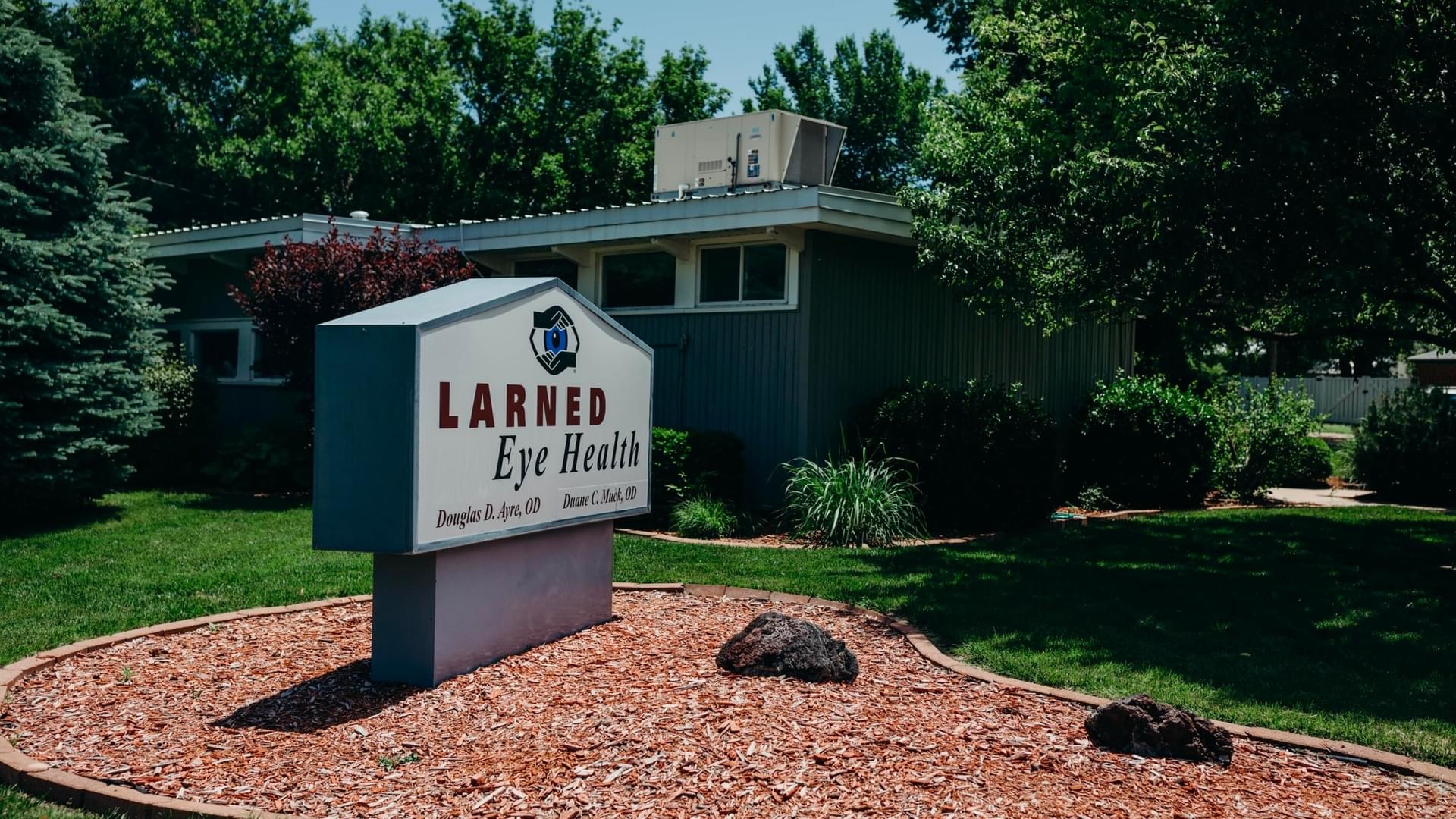
CALL US TODAY! (620) 285-2105
SCHEDULE AN APPOINTMENT

CALL US TODAY! (620) 792-3535 | SCHEDULE AN APPOINTMENT
DIABETIC EYE FACTS
Diabetic retinopathy is the leading cause of blindness in the United States population in people under the age of 60. The prevalence of diabetes is approximately 29 million or 9.3% of the U.S. and most concerning, around 8 million of those are undiagnosed. According to the American Diabetic Association, as of 2012 there are 86 million Americans who are classified as pre-diabetics. Pre-diabetes as of 2012 there are 86 million Americans who are classified as pre-diabetics. Pre-diabetes means your glucose levels are higher than normal, but not high enough to be classified as diabetes. Without treatment, pre-diabetics are likely to progress onto diabetes within 10 years. The above statistical information solidifies the importance of proper diagnosis and care for all diabetics.
The eye is one place we see diabetes effecting the body and therefore necessitates a yearly thorough eye exam. In fact, the American Diabetic Association, National Institute of Health (NIH), and American Optometric Association all recommend yearly DILATED eye examinations for all diabetics. Dr. Ayre takes this threat seriously and is dedicated to remaining diligent with early diagnosing, management, and ongoing communication with your primary care doctor or endocrinologist with its management.
ADVANCED TECHNOLOGY
SYMPTOMS
In the early stages of diabetic retinopathy, patients are typically symptomless and this further impresses the necessity for a dilated eye examination. As the disease advances, these would be a few of the symptoms you might notice:
- Double vision
- Fluctuating vision
- Blurred vision
-
Impaired color vision
-
Dark empty areas in your vision
-
Spots or dark strings in your vision (floaters)
-
Vision loss
It is also important to note that diabetes affects the crystalline lens inside of your eye. If your glucose levels are too high, the result will be a swelling of the lens inside your eye and a fluctuation of your spectacle prescription. Therefore, it is extremely important to have your A1C below 7 and glucose levels in a normal range, should you consider purchasing and new eyewear.
Be prepared to bring your primary care provider and endocrinologist’s information to your appointment along with medications and dosages as well as your last A1C readings. If driving while dilated is a concern for you, be sure to schedule your appointment on a day in which you can schedule a family member or friend to drive you.
WHAT OUR PATIENTS SAY
CUSTOM JAVASCRIPT / HTML
OUR LOCATIONS

Eyecare of Great Bend
713 McKinley StGreat Bend, Kansas 67530
P: (620) 792-3535
F: (620) 792-3536
Larned Eye Health
722 Mann Ave
Larned, Kansas 67550
P: (620) 285-2105
F: (620) 285-7236
VISIT US TODAY
CUSTOM JAVASCRIPT / HTML
CONTACT US
EYECARE OF GREAT BEND
713 McKinley StGreat Bend, Kansas 67530
P: (620) 792-3535
F: (620) 792-3536
LARNED EYE HEALTH
722 Mann Ave
Larned, Kansas 67550
P: (620) 285-2105
F: (620) 285-7236
© COPYRIGHT 2019 | ALL RIGHTS RESERVED | DESIGNED BY GOWANSMEDIA
The medical information on this site is provided as an information resource only, and is not to be used or relied on for any diagnostic or treatment purposes.
CALL US TODAY! (620) 285-2105
SCHEDULE AN APPOINTMENT



